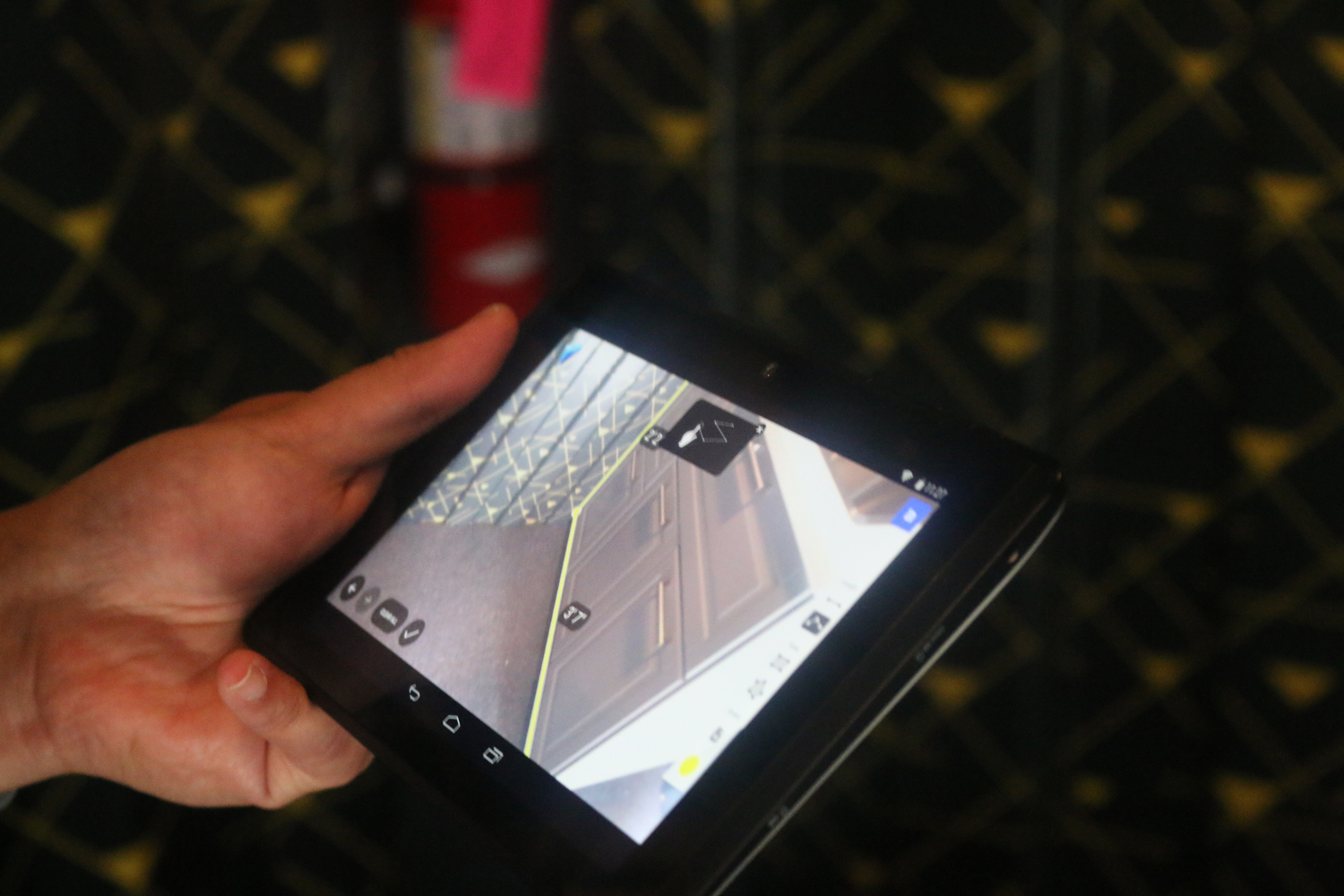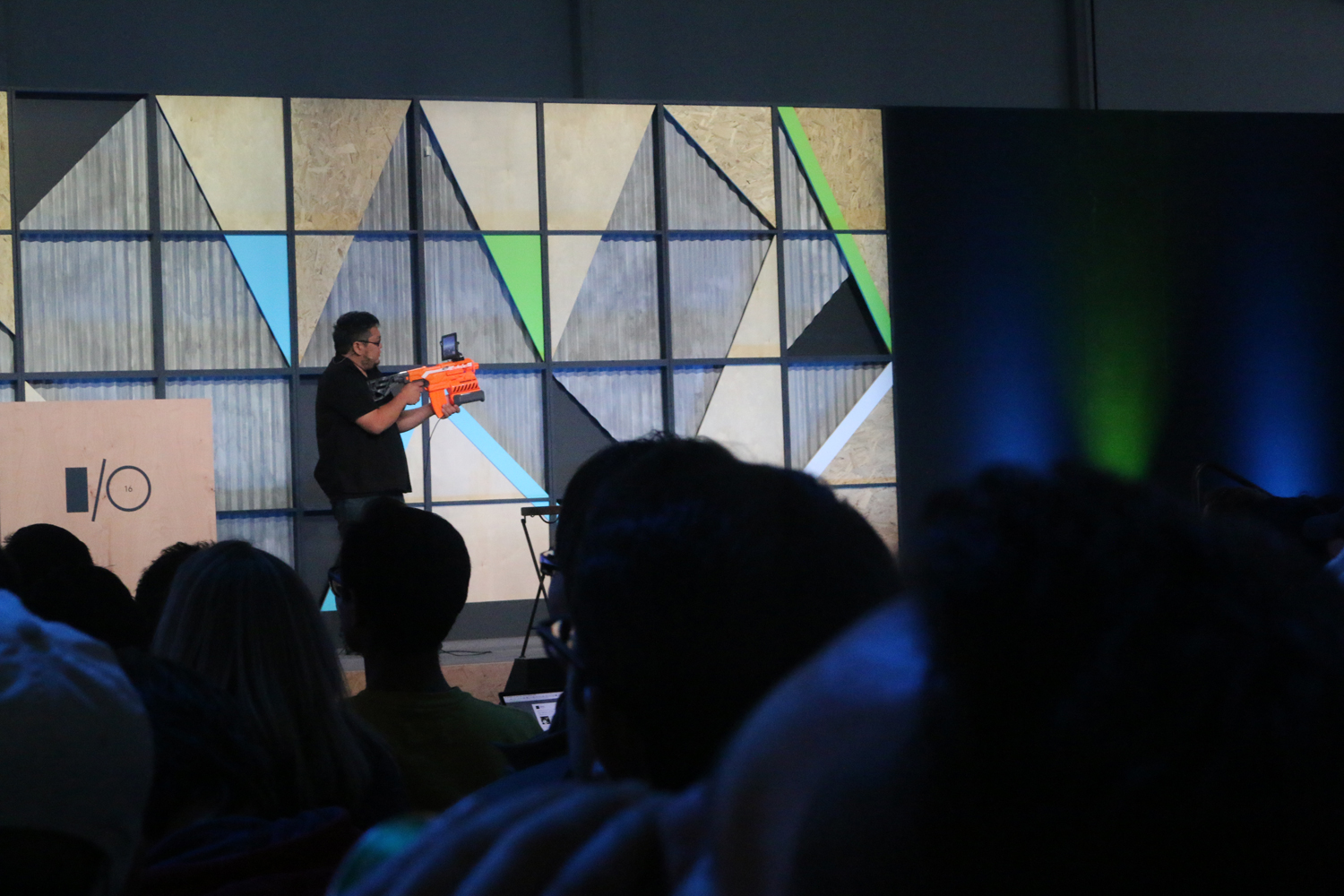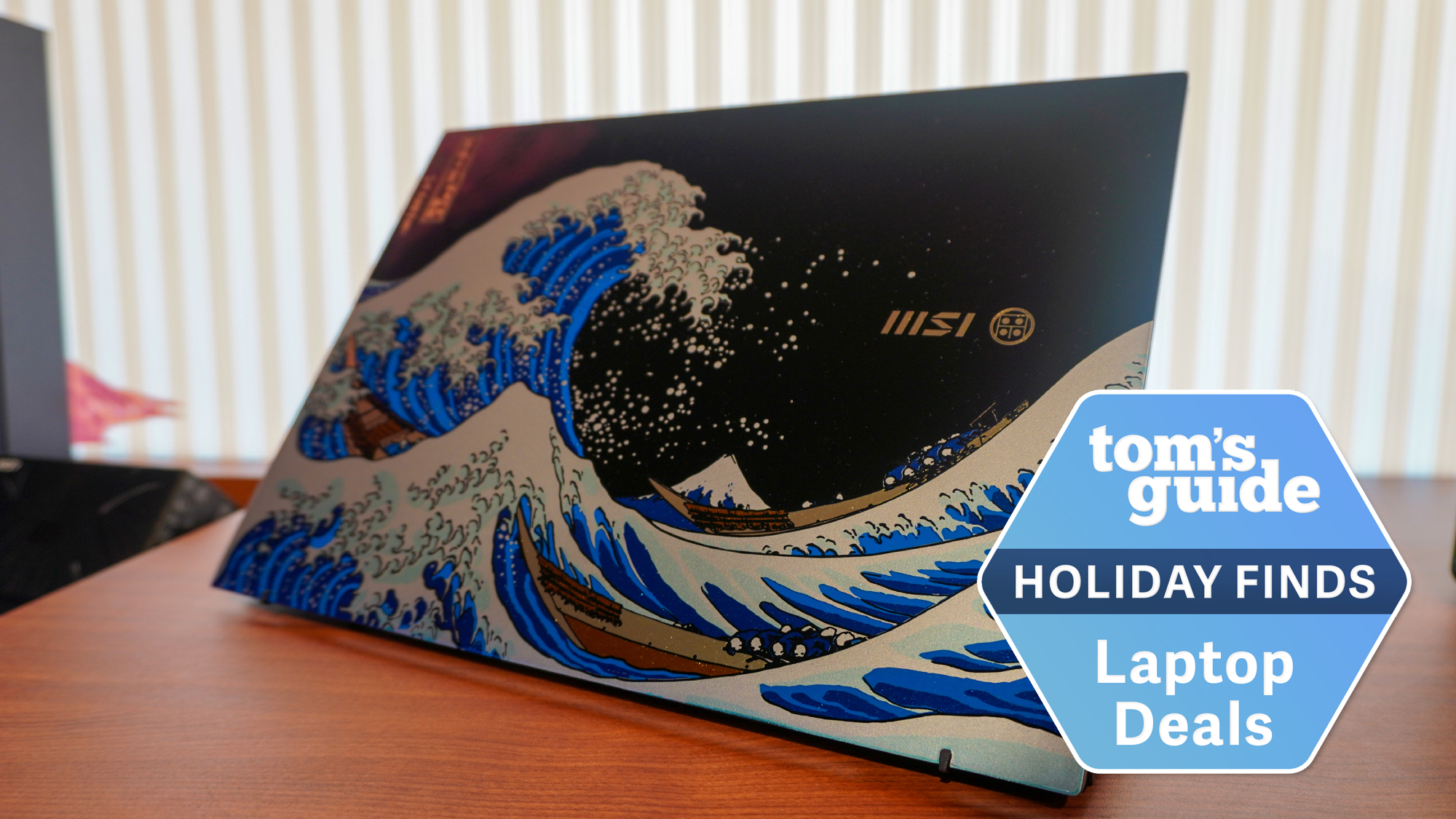Why You Should Be Excited by Google's Project Tango
Google's depth-sensing and 3D tracking tech got little time in the spotlight at Google's conference, but a handful of demos prove that Project Tango is worth getting excited about.
MOUNTAIN VIEW, Calif. — With the first phone based on Project Tango due out some time in the next few months, you might have expected Google to talk up the device based on its depth-sensing and 3D motion tracking technology during its I/O developer conference last week. But Google is deferring to Lenovo, which is making the first Project Tango phone, so there was no sneak peek in advance of the device's summer release.

That's not to say that Project Tango was missing in action during the the three-day developer conference. Google devoted a number of sessions to Project Tango, mostly to update developers on its progress in adding motion tracking, depth perception and area learning features to mobile devices. After sitting in on a session while also seeing a few first-hand demos of Project Tango, I think it's easily the most impressive thing I saw during my time at I/O.
Products like the voice-powered Google Home and AI-driven Allo messaging app got more attention at the I/O keynote. But those products feel like me-too offerings Google is pushing out in the face of growing competition from the likes of Amazon and Facebook. Project Tango, on the other hand, strikes me as Google putting a unique stamp on something, expanding just how we use our mobile devices.
MORE: Google I/O: Hits and Misses
Phones already come with cameras, gyroscopes, accelerometers and other sensors that detect movement and motion. Project Tango amplifies that with more sensors aimed at adding spatial perception to a device. Custom sensors detect position and orientation to gather information about the device's movement in 3D while depth sensors figure out the shape of the world around you and your phone. Area learning features allow a Project Tango phone to remember what a physical space looks like, so that it can recognize that area again. The end result is a device that can map out the area around, including its own position in that space.
The output of Project Tango is something you'd expect to see with an augmented reality headset — an image superimposed over the real world. Only with Tango, the image appears on your phone screen instead of on a headset or separate piece of hardware.
Google sells a $512 development kit featuring an Android tablet, and app makers have already used that device to build out apps showcasing what's possible in Project Tango. Several of those were on display at I/O. Highlights include:
Apps that let you visualize how furniture/appliances will fit in your home
Both Lowe's and Wayfair developed apps for Project Tango that help you visualize how appliances and furniture fit into your home. That's a particularly appealing prospect for a furniture retailer like Wayfair to help it avoid returns of products that either didn't fit in a space or didn't look just right.
In the demo I saw of the Lowe's app, a Google employee pointed the Tango-enabled tablet's camera at a makeshift living area, projecting a virtual hologram of a stovetop that remained rooted to the floor. As we moved closer to the spot, the size and perspective of the stove would adjust accordingly. The Wayfair app worked the same way, anchoring a piece of furniture to a fixed point in the room, but with some cute unboxing animation thrown in as a flourish.
Apps that augment learning experiences
The American Museum of Natural History created an app to accompany its Dinosaurs Among Us exhibit that allows you to project a virtual dinosaur onto your phone screen. You can walk around the dinosaur to see it from different angle, even changing the scale. During one packed session, Google vice president of virtual reality Clay Bavor even came up on stage to take a selfie standing next to a virtual velociraptor.
Get instant access to breaking news, the hottest reviews, great deals and helpful tips.

It's a fun demo, but it's not the first time we've seen Project Tango used to enhance someone's education. At Mobile World Congress earlier this year, my colleague Sam Rutherford used Project Tango to navigate his way around Barcelona's Museu Nacional d’Art de Catalunya and get pop-up information about some of the paintings.
Apps that can help you have fun
All work and no play would make Project Tango a fairly dull prospect. So in a session outlining the progress of Project Tango, project lead Johnny Lee showed off a target shooting game, using a toy gun and virtual projected on his mobile device. The fun twist: When Lee hit a target it would explode back at him, forcing him to duck and dodge in order to stay alive.

There are other use cases beyond interior decoration, education and entertainment, with indoor mapping showing some of the most promising potential. Project Tango could be used to map out everything from public transit stations to points of interest, and it doesn't take a lot of imagination to see how this technology could be used a virtual guide to assist the visually impaired in getting around.
At the same time Lee was using I/O to show off the progress of Tango, Google was taking the wraps off Daydream, its virtual reality effort for mobile devices. Tango and Daydream have more in common than their place on a developer conference I/O or the fact that they share office space on Google's campus. Both projects represent areas where Google hopes to expand its presence with mobile devices at the center of it effort.
We'll find out more on how mobile devices will use Project Tango's technologies when Lenovo reveals its Project Tango-based phone next month. From the demos on display at I/O, it figures to be a very revealing look.
More Coverage from Google I/O 2016:
Philip Michaels is a Managing Editor at Tom's Guide. He's been covering personal technology since 1999 and was in the building when Steve Jobs showed off the iPhone for the first time. He's been evaluating smartphones since that first iPhone debuted in 2007, and he's been following phone carriers and smartphone plans since 2015. He has strong opinions about Apple, the Oakland Athletics, old movies and proper butchery techniques. Follow him at @PhilipMichaels.

